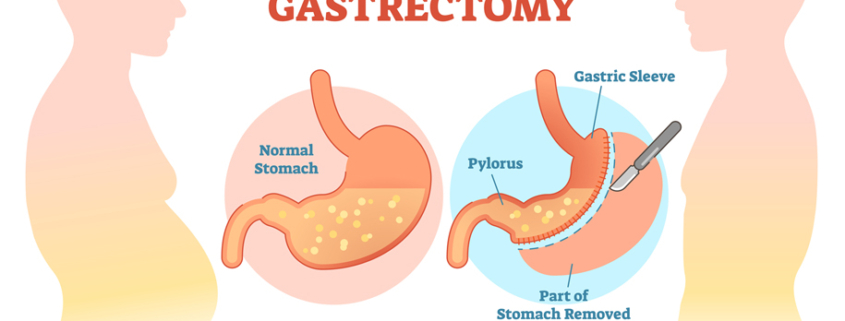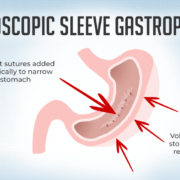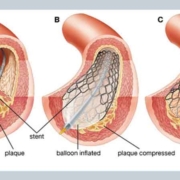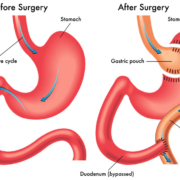Sleeve gastrectomy surgery, also known as vertical sleeve gastrectomy, is a weight loss surgery that involves the removal of a significant portion of the stomach. This procedure is typically performed laparoscopically, which means that small incisions are made in the abdomen, and a small camera and instruments are used to complete the surgery. Sleeve gastrectomy surgery has become increasingly popular as a weight loss option for people who have been unsuccessful in losing weight through traditional methods such as diet and exercise. In this blog, we will discuss the procedure, recovery, and potential risks and benefits of sleeve gastrectomy surgery.
Procedure
Sleeve gastrectomy surgery involves the removal of approximately 75-80% of the stomach, leaving a banana-shaped tube or sleeve. The procedure is typically performed under general anesthesia and takes around 60-90 minutes to complete. During the procedure, the surgeon makes small incisions in the abdomen and inserts a laparoscope, which is a thin, flexible tube with a camera and light at the end. The surgeon then removes a portion of the stomach using special instruments, leaving the remaining portion in the shape of a sleeve. The procedure is irreversible, meaning that once the stomach is removed, it cannot be reattached.
Recovery
After the surgery, patients are typically kept in the hospital for one to two days for observation. During this time, patients are given pain medication, and their vital signs are closely monitored. In the first few weeks after surgery, patients will need to follow a liquid diet, gradually progressing to soft foods, and then solid foods over several weeks. Patients are also advised to avoid strenuous activity for the first few weeks after surgery and to follow a regular exercise routine once they have fully recovered.
Benefits
The primary benefit of sleeve gastrectomy surgery is weight loss. By reducing the size of the stomach, the amount of food that can be consumed is limited, which can lead to significant weight loss. The surgery can also improve or resolve other health issues related to obesity, such as type 2 diabetes, high blood pressure, and sleep apnea. Additionally, patients often report feeling more satisfied after meals, as the smaller stomach size leads to a feeling of fullness more quickly.
Risks
As with any surgery, there are potential risks associated with sleeve gastrectomy surgery. Some of these risks include:
Infection
Bleeding
Blood clots
Breathing problems
Injury to the stomach or other organs during surgery
Additionally, there is a risk of complications such as leaks or strictures, which may require further surgery to correct. Patients who undergo sleeve gastrectomy surgery will also need to take vitamin and mineral supplements for the rest of their lives, as the smaller stomach size can make it difficult to consume enough nutrients through food alone.
Is sleeve gastrectomy surgery right for you?
Sleeve gastrectomy surgery is a significant procedure that should only be considered after other weight loss methods have been unsuccessful. Additionally, patients should be committed to making lifestyle changes, such as improving their diet and exercise habits, to maintain their weight loss after surgery. Patients should also discuss the risks and benefits of the surgery with their doctor, as well as any potential alternatives, before making a decision.
Conclusion
Sleeve gastrectomy surgery is a weight loss surgery that involves the removal of a significant portion of the stomach, leaving a sleeve-shaped tube. The procedure is typically performed laparoscopically and has become increasingly popular as a weight loss option. While the surgery can lead to significant weight loss and improve other health issues related to obesity, there are potential risks and complications that should be considered. Patients should carefully consider whether the surgery is right for them, and should work closely with their doctor to ensure a safe recovery










